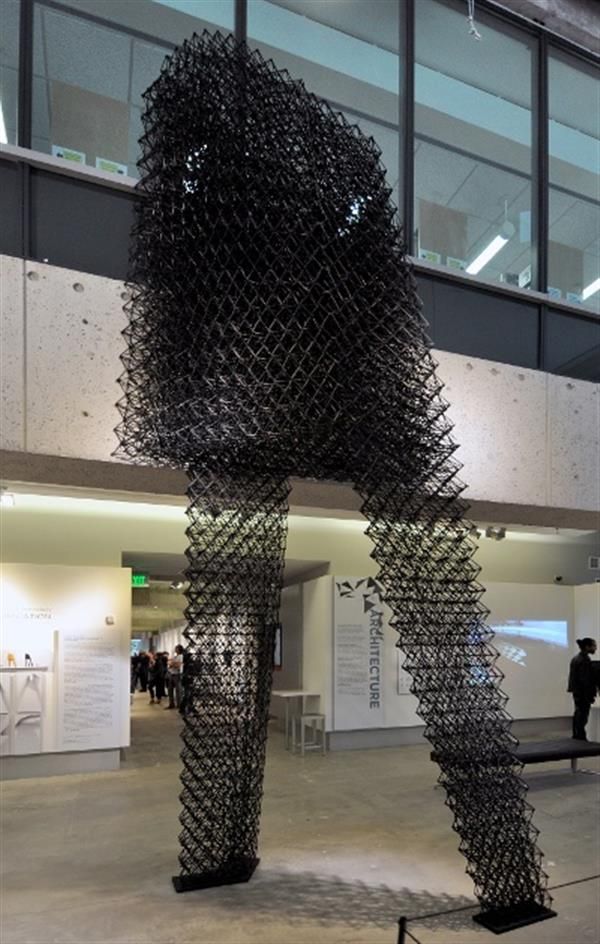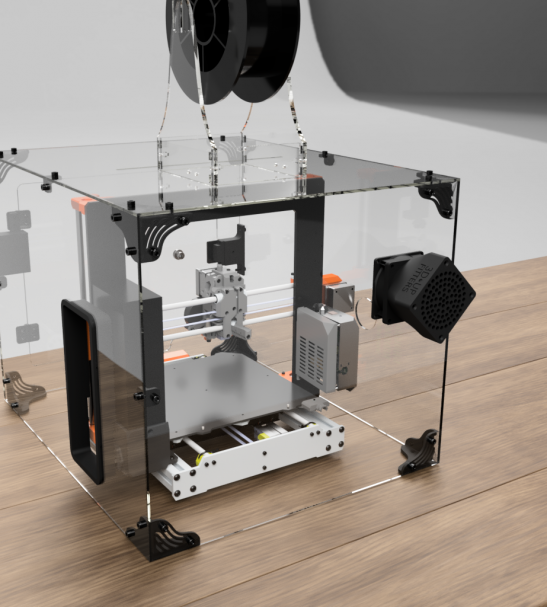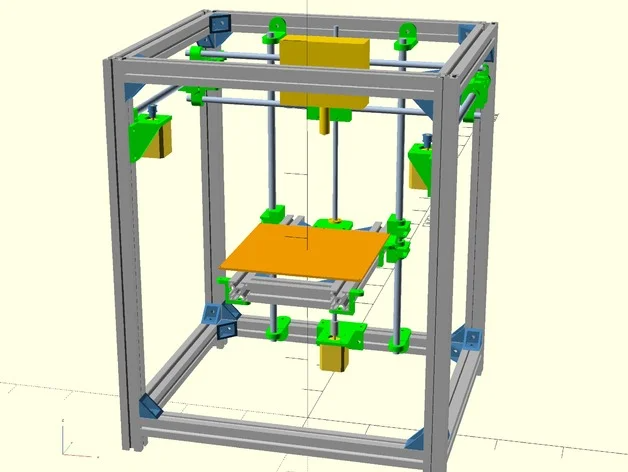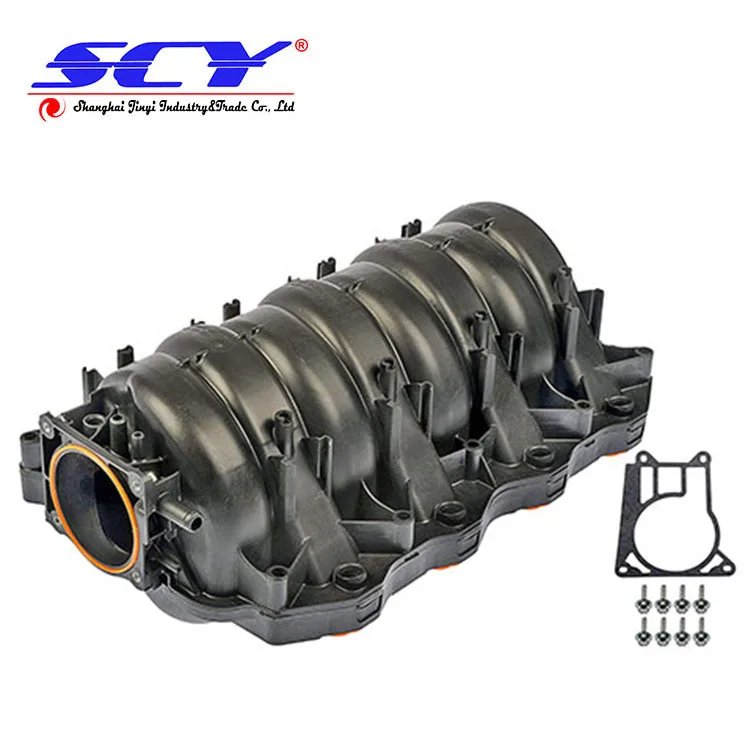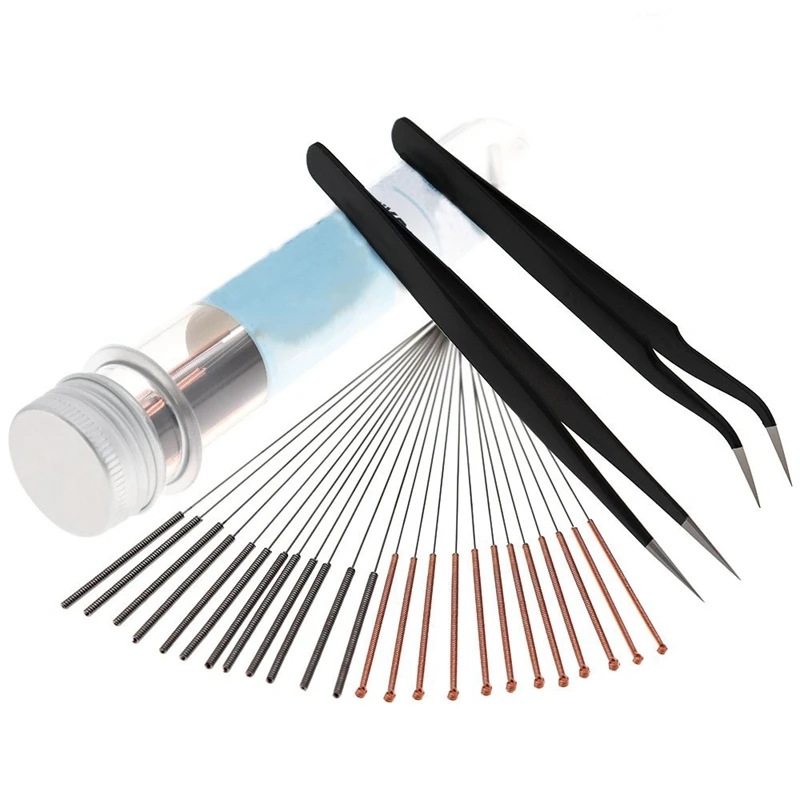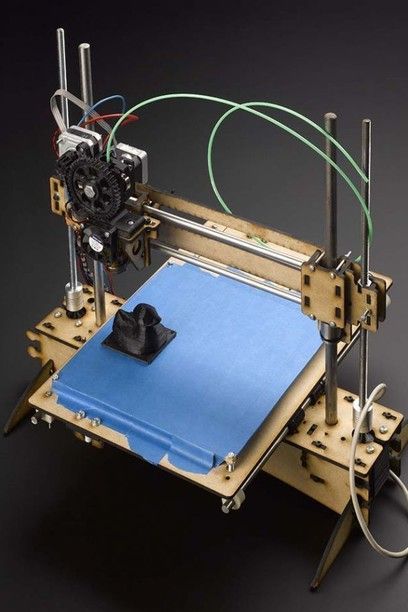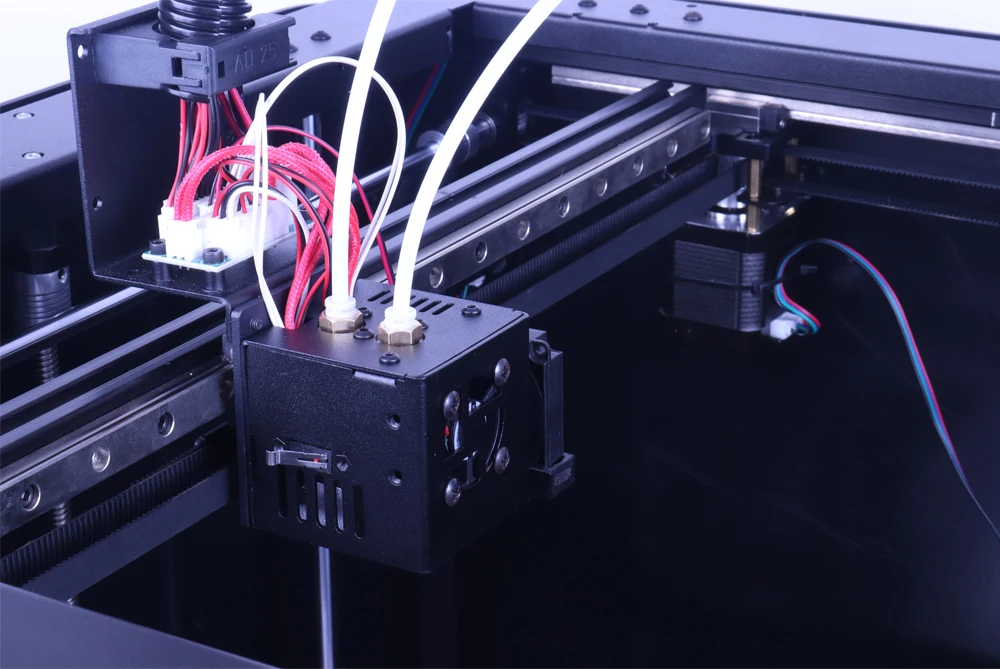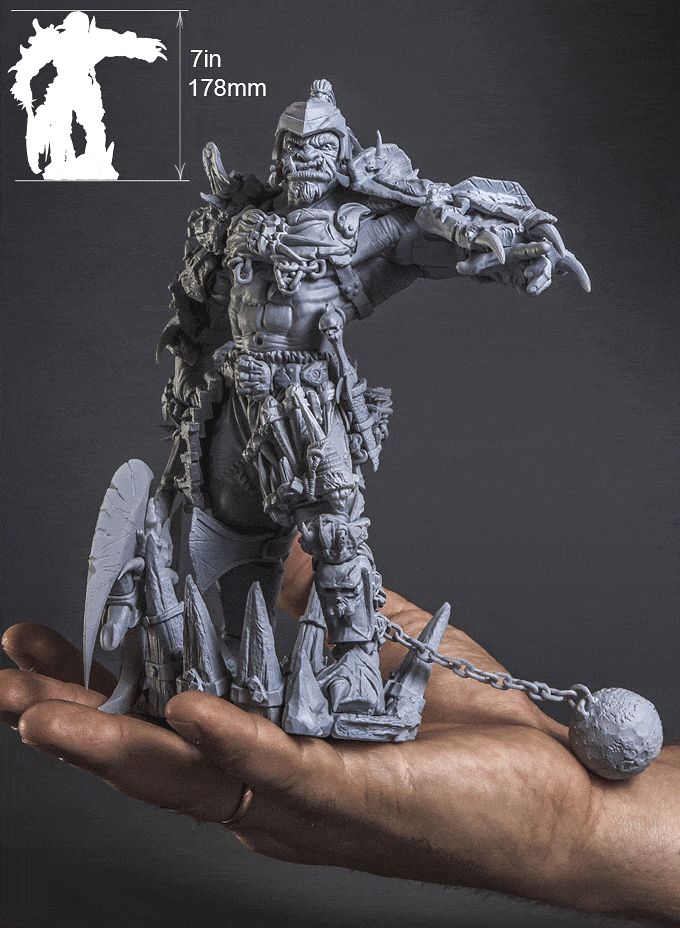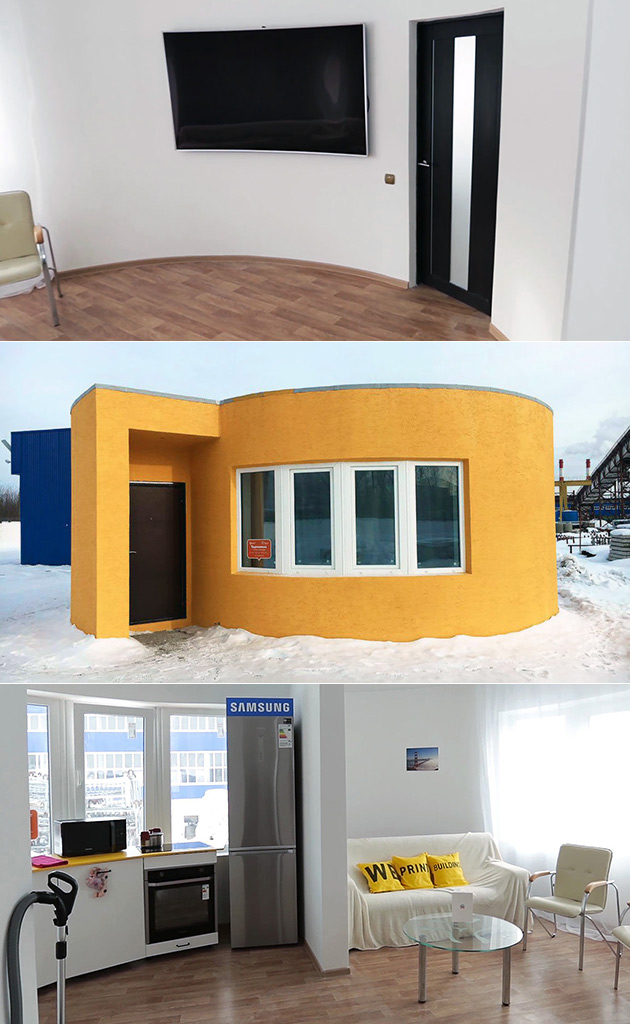Bridges 3d printing
The Most Impressive 3D-Printed Bridge Projects
Published on November 5, 2021 by Mikahila L.
In the construction industry, additive manufacturing is being widely used today. Whether it’s to build houses, schools, or even bridges, 3D technology offers great benefits. In terms of structures and walkways of urban architecture, 3D-printed bridge projects have multiplied in recent years. While the first 3D-printed bridges were created back in 2016, many countries are now using additive manufacturing to build these connecting structures. To learn more about these sorts of projects and how additive manufacturing facilitates the construction of bridges, we have compiled a list of some of the most preeminent initiatives of recent years—whether they are completed or currently still under construction.
A Walkway Made With 60% Less Material
Although it seems difficult to believe, this project is a reality. Specifically, it was Ghent University that carried out the initiative to create a walkway through additive manufacturing that required less material and had a reduced environmental impact. On the project, Ghent University worked with Vertico and Technion – Israel Institute of Technology to design the pedestrian bridge, which is not very impressive for its size, but it is impressive in terms of aesthetics, and especially striking for being a bridge with optimized topology. For this, they used their concrete 3D printer that offers a printing volume of 4.5 x 2 x 2.5 m, with a material specially designed for this purpose. In this way, the company aims to reduce CO2 emissions and increase productivity in the construction sector.
Photo Credit: Vertico
MX3D Bridge in AmsterdamDebuted in July 2021, this 3D-printed metal bridge was installed in the Red Light District of Amsterdam. Dutch company MX3D printed the bridge over time between 2017 and 2018 using WAAM (Wire Arc Additive Manufacturing) technology. The company relied on generative design which is an iterative design process that creates multiple design outputs in order to meet predetermined criteria, producing outputs from sounds, images, and CAD models. It is a process that is commonly used in fields such as art, architecture, and product design. In addition to being aesthetically unique, this bridge is equipped with sensors that records data such as the behavior of crowds, and monitors any deformation of the bridge, its load, vibrations, and movement. This information that is collected will allow for a ‘digital twin’ to be created, representing the bridge live, enabling the project managers to understand how the bridge evolves.
It is a process that is commonly used in fields such as art, architecture, and product design. In addition to being aesthetically unique, this bridge is equipped with sensors that records data such as the behavior of crowds, and monitors any deformation of the bridge, its load, vibrations, and movement. This information that is collected will allow for a ‘digital twin’ to be created, representing the bridge live, enabling the project managers to understand how the bridge evolves.
Acclaimed architect Michiel van der Kley, along with Summum Engineering and Witteveen+Bos collaborated with the Technological University of Eindhoven (TU/e) on the design of the 3D model for the longest 3D-printed bridges built for cyclists. The bridge was manufactured in the 3D printing center of Saint-Gobain Weber Beamix, which uses several BAM robotic arms. The 29-meter-long bridge was designed with round and natural shapes to blend in with its outdoor placement.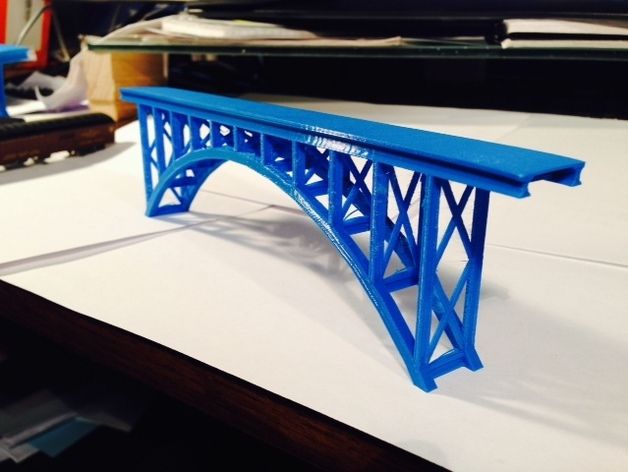
Acciona 3D-Prints a Bridge in Madrid
We could say that these were the first 3D-printed bridges installed in the world. Located in Alcobendas, in Madrid, the concrete structure was created by the Spanish company Acciona, which works with several business lines, including energy, infrastructure, and for a few years, additive manufacturing. Although Acciona was in charge of the 3D printing process, the concrete pedestrian bridge was designed by the Institute of Advanced Architecture of Catalonia. Regarding the more technical aspects, we can highlight that the bridge is 12 meters long and 1.75 meters wide, which represents a milestone in civil engineering in the Iberian country. In addition, its design has an organic and biomimetic architecture, resembling forms of nature.
Photo Credit: Acciona
The Shanghai Digital Future Project
China is one of the first countries to embark on building bridges using additive manufacturing. Among the first constructions made with this technology are the two bridges printed in 3D by the School of Architecture and Urbanism of the University of Shanghai.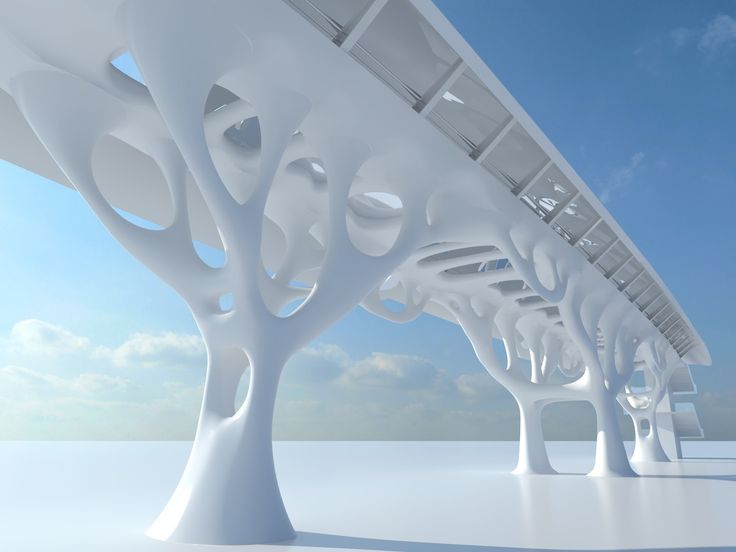 As part of the “Shanghai Digital Future” project, the two structures aimed to demonstrate that new technologies can revolutionize many areas, such as the architecture and construction sectors. Created from plastic, the two bridges measure 4 and 11 meters respectively. To build the two structures, project managers claim they used a Kuka robotic arm and a custom 3D printing module. This required a total of 360 hours of additive manufacturing.
As part of the “Shanghai Digital Future” project, the two structures aimed to demonstrate that new technologies can revolutionize many areas, such as the architecture and construction sectors. Created from plastic, the two bridges measure 4 and 11 meters respectively. To build the two structures, project managers claim they used a Kuka robotic arm and a custom 3D printing module. This required a total of 360 hours of additive manufacturing.
Photo Credit: Universidad de Tongji
The First 3D-Printed Bridge in the Netherlands
In 2017, the Eindhoven University of Technology (TUE) and the company BAM Infra designed the first 3D printed concrete bridge in the Netherlands. Made up of 800 layers of concrete, the 8-meter long and 3.5-meter wide bridge is located over a ditch and thus connects two roads. As in many situations, TUE and BAM Infra claim to have minimized, through 3D printing, the amount of concrete needed to build such a structure. Located in the town of Gemert, the bridge was built in just 3 months.
Photo Credit: Bart Maat / EPA
Facilitating the Development of 3D-Printed Bridges
Together with Zaha Hadid Architects, the ETH Zurich architects succeeded in designing the Striatus pedestrian bridge, which was manufactured using a unique 3D printing process in cooperation with Incremental3D. Striatus is a 12 x 16-meter long unshielded bridge that was installed in a park in Venice. It is part of the International Architecture Exhibition and consists of several individual pieces, which allow for flexible and easier assembly and disassembly. With the technology used, the concrete is not applied layer by layer horizontally, as usual, but at certain angles, which ensures that the bridge does not need any extra reinforcement. Visitors have the opportunity to cross the Venice Bridge until November 21, 2021.
Photo Credit:: Studio Naaro
Shanghai’s Longest Concrete Bridge
An impressive 176 units of cement support the longest 3D-printed concrete bridge in China (originally the World before being overtaken by a project in the Netherlands), allowing pedestrians to cross the Shanghai Canal.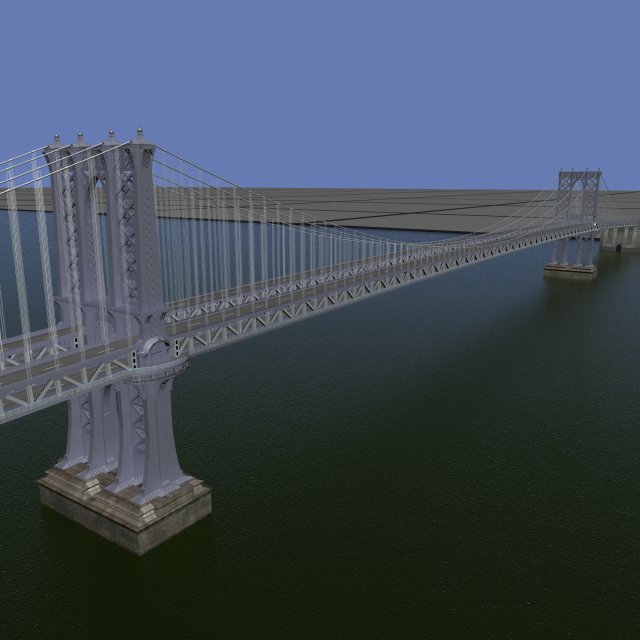 The bridge was designed by a team led by Professor Wu Weiguo from Tsinghua University and made using additive manufacturing next to Wisdome Bay. Inspired by the historic Anji Bridge in Zhaozhou (China), the pedestrian structure in Shanghai is intended to be representative of the potential of 3D technology for engineering projects of all kinds. Two robotic arms were used for the construction, creating the concrete arch in 450 hours. The team claims that it was possible to save two-thirds of the implementation costs compared to conventional manufacturing processes.
The bridge was designed by a team led by Professor Wu Weiguo from Tsinghua University and made using additive manufacturing next to Wisdome Bay. Inspired by the historic Anji Bridge in Zhaozhou (China), the pedestrian structure in Shanghai is intended to be representative of the potential of 3D technology for engineering projects of all kinds. Two robotic arms were used for the construction, creating the concrete arch in 450 hours. The team claims that it was possible to save two-thirds of the implementation costs compared to conventional manufacturing processes.
Photo Credit: JCDA
A 3D-Printed Retractable Bridge
Last summer, China unveiled another bridge designed in part thanks to additive manufacturing, this time with a very special feature. It was designed to retract at any time and is controlled by a simple button connected via Bluetooth. The entire bridge has not been 3D printed, it is simply made up of triangular panels custom made by additive manufacturing in just 3 days.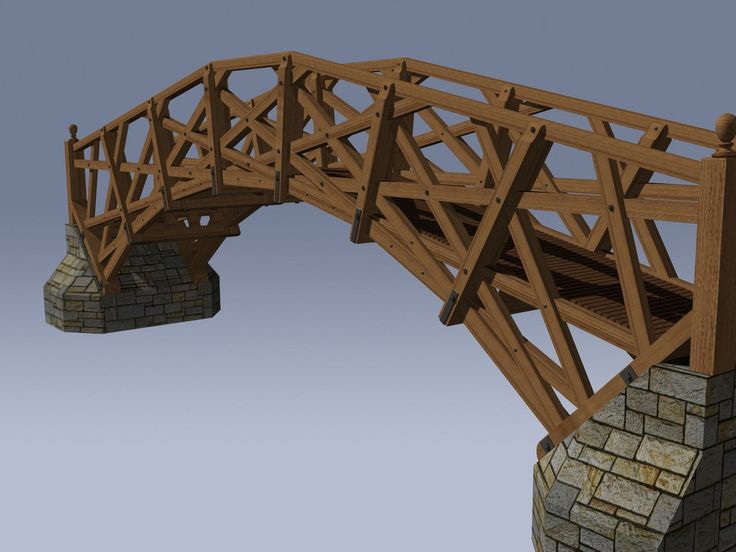 These 36 elements were made with a composite material from recycled materials. The bridge is 9 meters long and 1.5 meters wide and was installed in Wisdom Bay Park.
These 36 elements were made with a composite material from recycled materials. The bridge is 9 meters long and 1.5 meters wide and was installed in Wisdom Bay Park.
A Gateway to the 2024 Olympics
As you know, the city of Paris will host the next Olympic Games in 2024. The French capital is already preparing to receive athletes and athletes, as well as its organization so that all events take place in the best conditions. But it is not only about the events, it is also necessary to organize the spaces to accommodate all the visitors who will come to support their favorite team. It is in this context that a large group of companies (Freyssinet, Lavigne & Cheron Architects, Quadric, XtreeE, LafargeHolcim) will create a 40-meter long walkway, the entire deck of which will be 3D printed. It must be installed in the Pleyel district, chosen to host the Olympic and Paralympic Village.
Marine Corps Combat Testing 3D-Printed BridgesIn 2019, the United States Marine Corps had a training program for special divisions on the field operation of an Automated Construction of Expeditionary Structures (ACES) printer.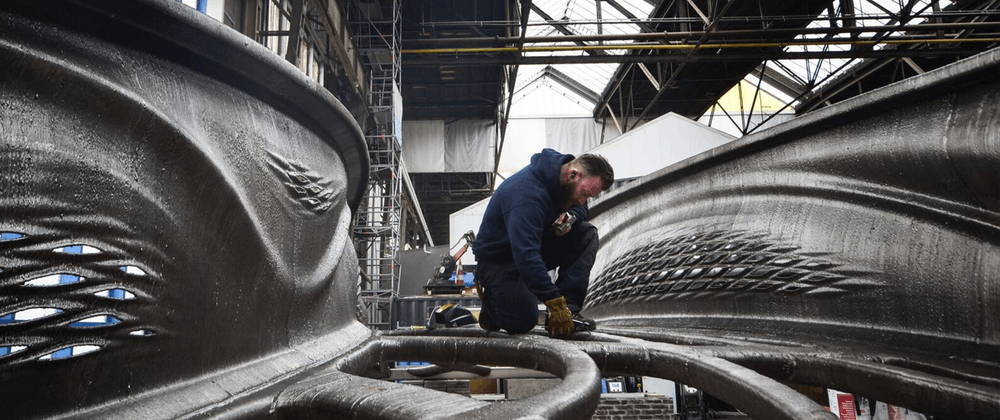 While the Marine Corps is still experimenting with the use of large concrete and aluminum printer systems, they plan to be able to deploy these types of 3D printers that will allow field engineers to create custom-made bridge structures for crossing any land gap. “The only restraints right now are working out intellectual property deals with industry.”, explained Captain Matthew Friedell, the team leader of the Advanced Manufacturing Operations Cell in the Marine Corps Rapid Sustainment Office. Within the next few years or so, he predicts the additive manufacturing industry and the U.S. Department of Defense will have worked out deals for using proprietary 3D technology.
While the Marine Corps is still experimenting with the use of large concrete and aluminum printer systems, they plan to be able to deploy these types of 3D printers that will allow field engineers to create custom-made bridge structures for crossing any land gap. “The only restraints right now are working out intellectual property deals with industry.”, explained Captain Matthew Friedell, the team leader of the Advanced Manufacturing Operations Cell in the Marine Corps Rapid Sustainment Office. Within the next few years or so, he predicts the additive manufacturing industry and the U.S. Department of Defense will have worked out deals for using proprietary 3D technology.
Securing a 3D-printed bridge support column during an exercise at Camp Pendleton, California. (Photo Credit: Marine Corps.)
A Pedestrian 3D-Printed Bridge in Rotterdam
A collaboration between Royal HaskoningDVC, CEAD and Covestro has resulted in the first lightweight 3D printed pedestrian bridge prototype, which was made using a glass-filled thermoplastic composite material.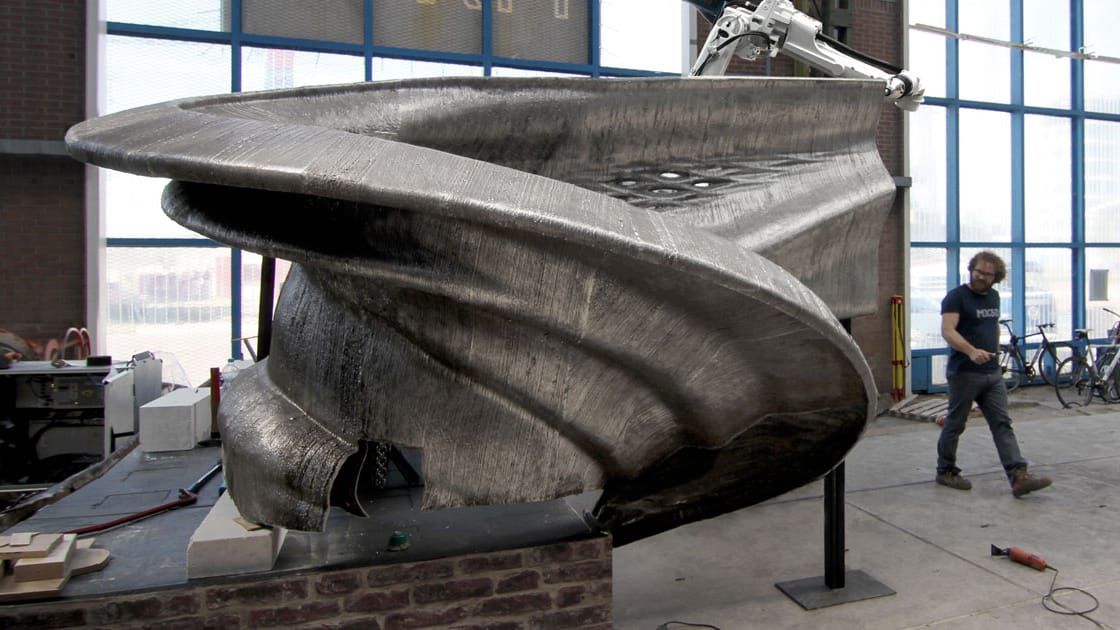 The companies claim that they chose the material as fiber-reinforced polymer bridges are known for having a longer lifetime expectancy and lower life cycle costs compared to steel. They also note that apparently this is the first time that someone has used 3D printing technology to make a bridge made out of large-scale continuous fiber reinforced thermoplastic parts. For the technology, they used fused granulate fabrication and Arnite AM8527 pellet material from Covestro. They name a number of benefits to the bridge including having a reduce construction time, increased sustainability, reduced maintenance burden and increased lifespan. Currently, the bridge only exists as a prototype, however ultimately it will be installed in Kralingse Bos park in Rotterdam.
The companies claim that they chose the material as fiber-reinforced polymer bridges are known for having a longer lifetime expectancy and lower life cycle costs compared to steel. They also note that apparently this is the first time that someone has used 3D printing technology to make a bridge made out of large-scale continuous fiber reinforced thermoplastic parts. For the technology, they used fused granulate fabrication and Arnite AM8527 pellet material from Covestro. They name a number of benefits to the bridge including having a reduce construction time, increased sustainability, reduced maintenance burden and increased lifespan. Currently, the bridge only exists as a prototype, however ultimately it will be installed in Kralingse Bos park in Rotterdam.
A Suspension Bridge Level with a 3D-Printed Enclosure
The Newport Bridge was built in 1969 to connect the towns of Jamestown and Newport in Rhode Island.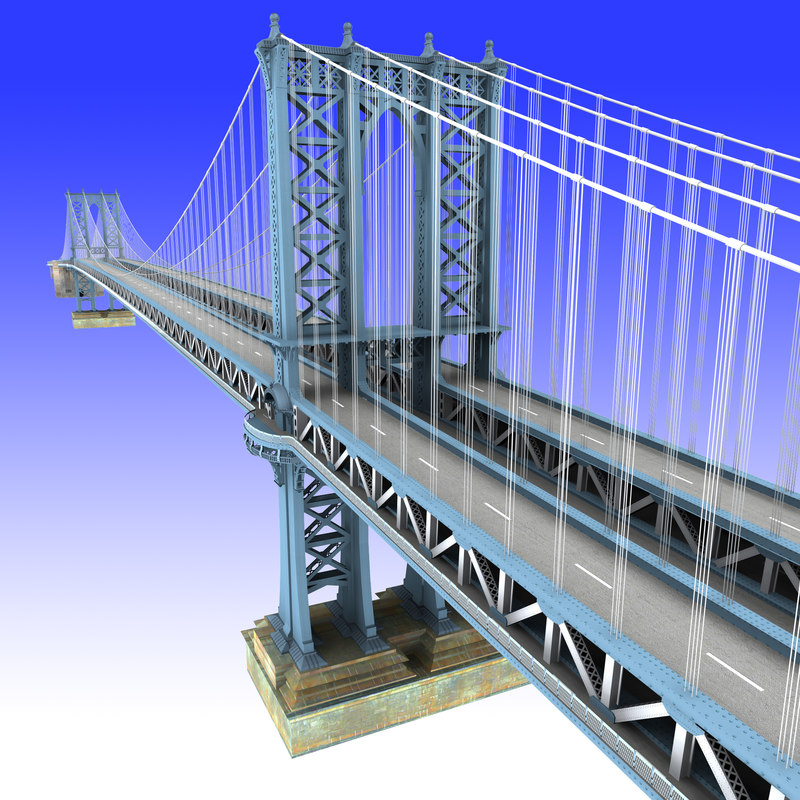 At the time of its creation, it was hailed as a testament to technological progress thanks to its 2.1-mile length and height of 400 feet (for Navy aircraft carriers to pass underneath). However, in 2019, after being named the Claiborne Pell Bridge, some realized that it might be time to update the bridge. Namely, Senator Sheldon Whitehouse and other government leaders hoped to reroute access to the more economically disadvantaged North End neighborhood in Newport as well as make the bridge more accessible to pedestrians and bikers. Students from Rhode Island School of Design (RISD)’s Interior Architecture department recently proposed a possible solution. In August 2021, they showed a 3D experience of their vision, a suspended lower level for the bridge. Though they have not shown how they plant to make the structure, they have already noted that they will be using 3D printing to create an enclosed structure out of carbon fiber which would protect the lower level from high winds.
At the time of its creation, it was hailed as a testament to technological progress thanks to its 2.1-mile length and height of 400 feet (for Navy aircraft carriers to pass underneath). However, in 2019, after being named the Claiborne Pell Bridge, some realized that it might be time to update the bridge. Namely, Senator Sheldon Whitehouse and other government leaders hoped to reroute access to the more economically disadvantaged North End neighborhood in Newport as well as make the bridge more accessible to pedestrians and bikers. Students from Rhode Island School of Design (RISD)’s Interior Architecture department recently proposed a possible solution. In August 2021, they showed a 3D experience of their vision, a suspended lower level for the bridge. Though they have not shown how they plant to make the structure, they have already noted that they will be using 3D printing to create an enclosed structure out of carbon fiber which would protect the lower level from high winds.
The bridge could be surrounded by 3D-printed enclosure made of carbon fiber (photo credit: Jo Sittenfeld MFA 08 PH / RISD)
Plastic-based 3D-Printed Bridge
In 2018, the Chinese construction company Shanghai Mechanized Construction Group Co (SMCC) and the 3D filament manufacturer Polymaker teamed up to develop an original 3D printed bridge. Created based on plastic and intended for pedestrians, the bridge measures 15.25 meters long, 3.8 meters wide and weighs no less than 5,800 kilos. To achieve this, the two companies said they obviously used an XXL printer, which would have a print volume of 24 meters long by 4 meters wide. Regarding the material used, they claim to use ASA, an acronym for acrylonitrile styrene acrylate, loaded with fiberglass.
Created based on plastic and intended for pedestrians, the bridge measures 15.25 meters long, 3.8 meters wide and weighs no less than 5,800 kilos. To achieve this, the two companies said they obviously used an XXL printer, which would have a print volume of 24 meters long by 4 meters wide. Regarding the material used, they claim to use ASA, an acronym for acrylonitrile styrene acrylate, loaded with fiberglass.
Photo Credit: Ti Gong
What do you think of these 3D-printed bridges? Let us know in a comment below or on our Linkedin, Facebook, and Twitter pages! Don’t forget to sign up for our free weekly Newsletter here, the latest 3D printing news straight to your inbox! You can also find all our videos on our YouTube channel.
Avoid & Fix Poor Bridging in 3D Printing
- Author
- Recent Posts
Martin
Martin has a M.Sc. in physics and has gained many years of experience in industry as a lab manager and quality assurance manager. He has now tested dozens of 3D printers and is happy to share the collected experience with each new article.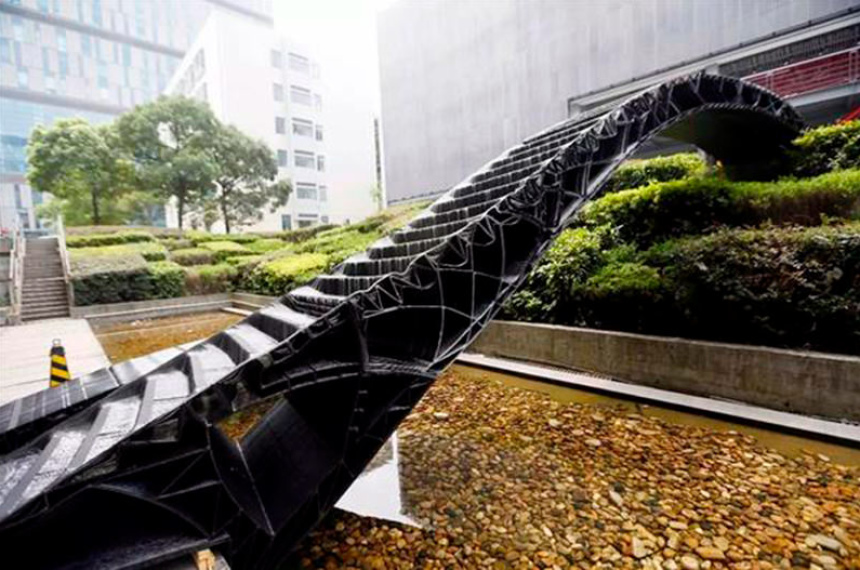
Latest posts by Martin (see all)
- BQ-Hurakan vs. Ender-3 V2 Neo | Comparison, Pros & Cons - November 10, 2022
- Mouse Ears (Brim Ears) vs. Warping in 3D Printing – Guide - November 10, 2022
- Ender-5 S1 vs. Ender-5 Pro | Comparison, Specs, Pros & Cons - November 9, 2022
Disclosure: Links marked with * are Affiliate Links. I earn from qualifying purchases if you decide to make a purchase through these links – at no additional cost for you!
Poor Bridging in 3D Printing is a very common error. Luckily there are some easy solutions to this problem.
Poor bridging in 3D printing is caused by too high print temperatures, flow rates and print speeds. Poor bridging can also be improved or fixed by better cooling of the printed part and adding support structures. In some cases, you can even prevent the need of bridging altogether by changing the orientation of the model in the slicer.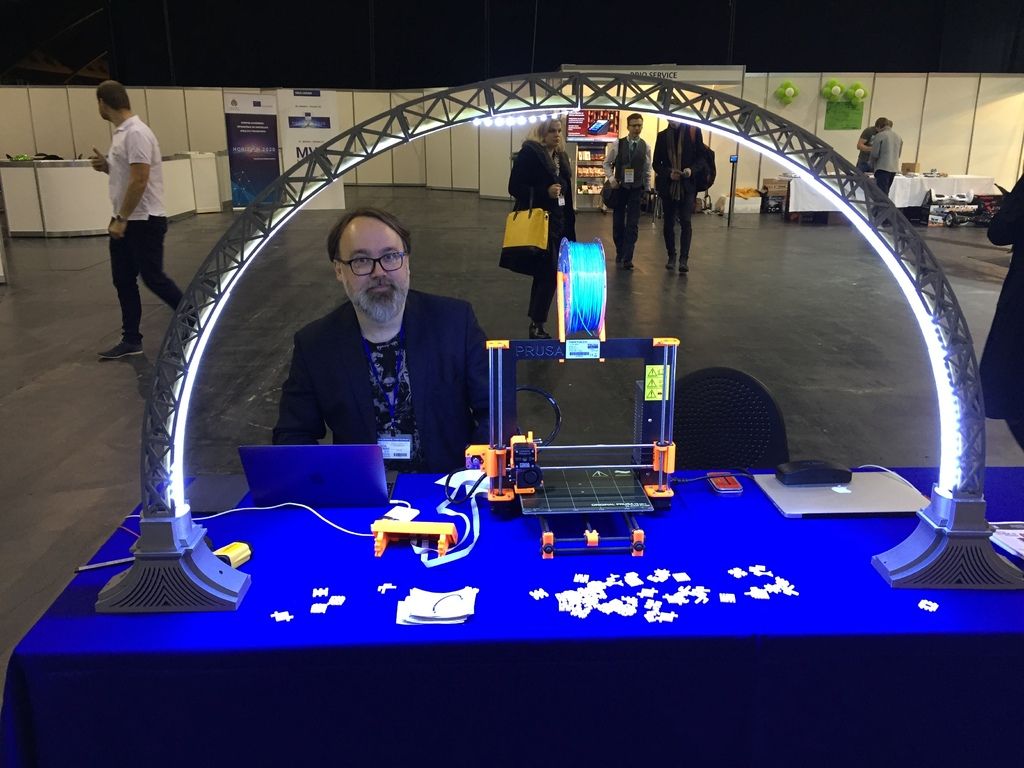
As you can see, poor bridging depends on many factors and is relatively easy to fix. In this article, you will learn how to change these print settings to fix poor bridging. If you tweak them and test the effects of your changes, poor bridging on your 3D printed objects will quickly become a thing of the past.
Poor Bridging is a Common Problem in 3D Printing (source: simplify3d)Table of Contents:
- 1 What is Bridging
- 2 Bridging Test
- 3 Why is My Bridging Poor?
- 4 How to Fix Poor Bridging?
- 4.1 Decrease Temperature
- 4.2 Decrease Flow Rate
- 4.3 Decrease Print Speed
- 4.4 Increase Cooling
- 4.5 Add Supports
- 4.6 Change Object Orientation
What is Bridging
Bridging means that your 3D printer prints between two points that have no connection to each other.
Normally, a 3D printer first prints the base layer, on which it builds up the object layer by layer. In contrast, there is no base layer between two points when bridging.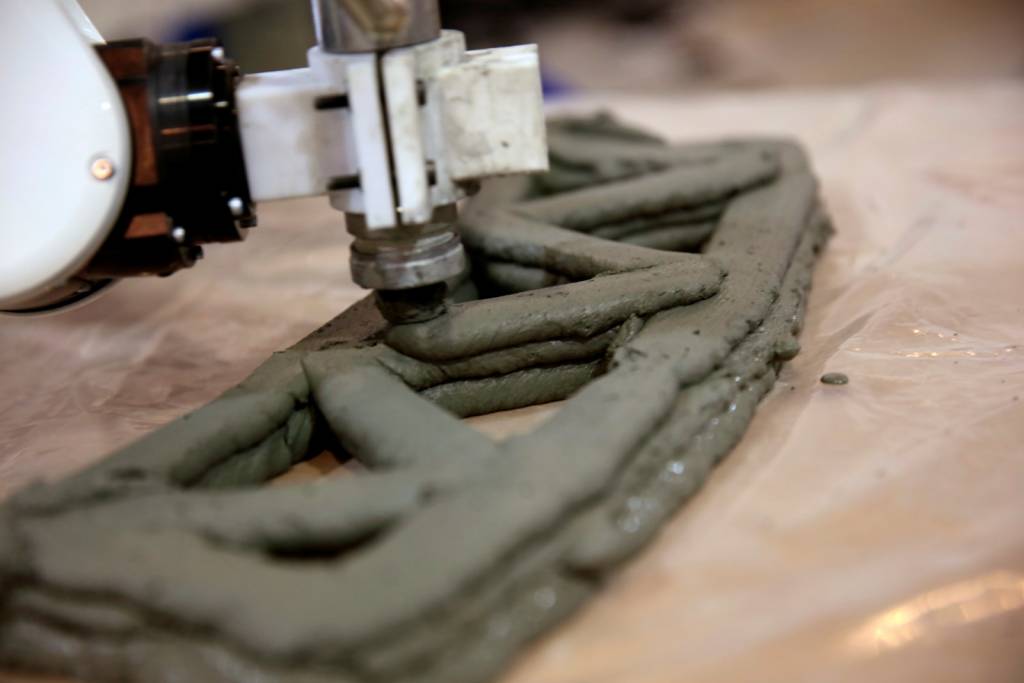 Consequently, the 3D printer has to “print in the air” so that the gap can be bridged.
Consequently, the 3D printer has to “print in the air” so that the gap can be bridged.
The most common problem is that this filament bridge tends to sag due to gravity.
Flawless Bridging on this DNA-Model (source: reddit)Bridging Test
To test the effect of changing your printing parameters, there are special 3D models that are designed to test this. They are designed as a worst case scenario – if your printer prints this model correctly, you will have no problems with your other models.
On Thingiverse you can find many different designs. Among them, there are many models that test several things at once, but also special bridging tests.
My favorite test is this one.
Bridging Test (Customizable) made by Mckitrick via ThingiverseThe test is designed so that you can scale it in your slicer as you like. How big you scale it depends on the objects you want to print.
Most of the time it is enough if you can print good 200 mm long bridges.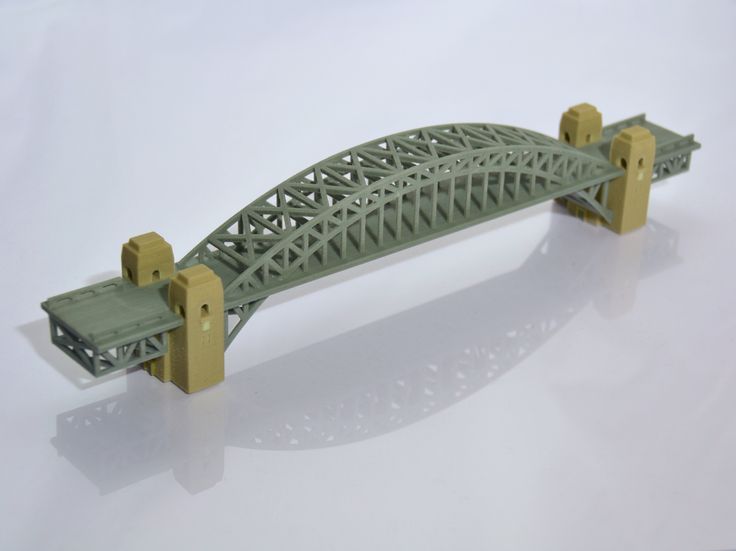
Why is My Bridging Poor?
Poor bridging is a very common error in 3D printing. It always occurs when there is no support material or a lower layer of the object under the extruded filament and the print settings are not well-tuned.
Often people want to avoid using support structures because they cause more filament consumption and longer print times. Also, the support structure attachment often needs to be smoothed. If your printer handles bridging well, you can save yourself a lot of these supports.
The annoying thing about bad bridging is that it usually kills the entire object. This leads to a lot of frustration. Fortunately, there are simple solutions to the problem.
The main causes of poor bridging are badly calibrated print settings.
- too high print temperature
- too high flow rate
- too fast print speed
- too little cooling
- too few support structures
- bad alignment of the object
How to Fix Poor Bridging?
As soon as you notice that one section of your 3D printed model is sagging, you should stop printing to avoid further costs.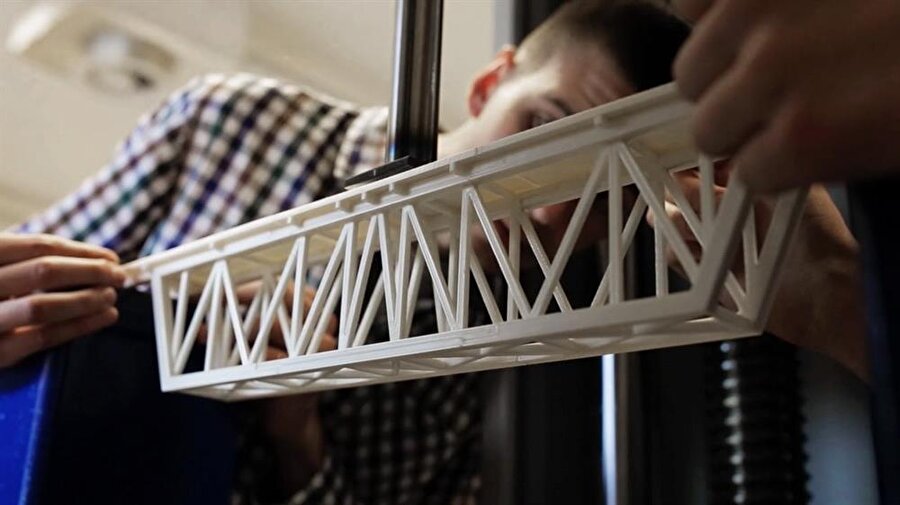 Before you print the object again, you should optimize a few print settings and test them.
Before you print the object again, you should optimize a few print settings and test them.
The following options are not only important for bridging. They can also prevent many other printing errors.
Decrease Temperature
A decisive factor is the printing temperature. If you heat the filament too much, the material tends to sag. It does not have enough time to cool down and solidify.
In general, you should set the printing temperature as low as possible when building bridges and overhangs. The problem with too hot filament is that it becomes very fluid and can therefore sag more easily.
Do not reduce the temperature too much as this may lead to under-extrusion.
The correct temperature to avoid bridging depends on the filament you are using. Since bridging is best prevented with lower temperatures, you should be in the lower range of the recommended printing temperature.
- PLA: 180-200 °C
- ABS: 210-230 °C
- PETG: 220-230 °C
- Nylon: 220-240 °C
- TPU: 230-240 °C
- PC: 265-280 °C
There are so-called temperature towers, which test the printing behavior of materials during the 3D printing of bridges and overhangs at various temperatures.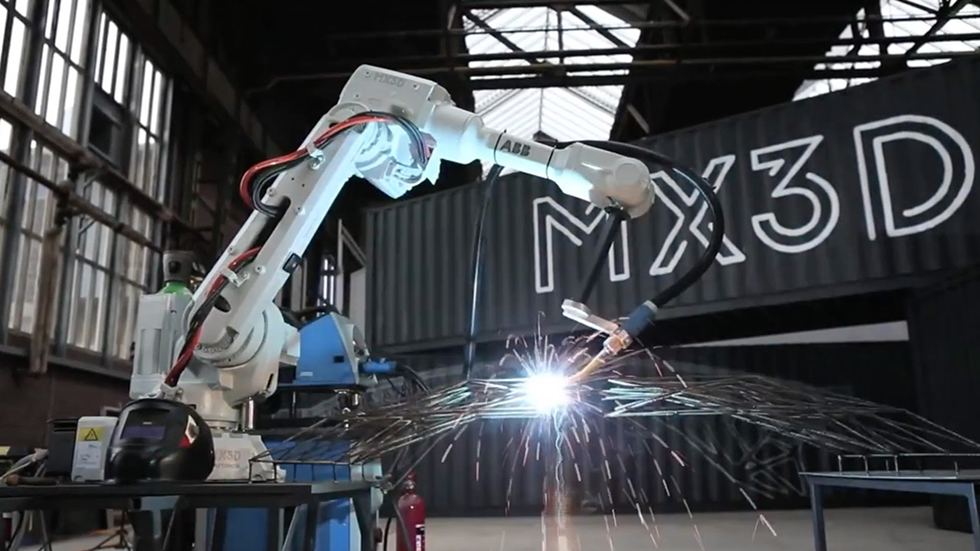
If you are looking for high print quality, you should do a temperature tower test with each new filament to find the perfect temperature setting.
Smart compact temperature calibration tower made by ILikePieToo via ThingiverseDecrease Flow Rate
If the flow rate is set too high, the filament will not have enough time to harden. If you print a bridge and the flow rate is set too high, this can result in too much hot filament being extruded at once. The large mass of filament solidifies slower and has more time to be deformed by gravitation.
The correct setting of the flow rate therefore has an enormous influence on good bridging behavior.
High flow rates also often lead to over-extrusion. Over-extrusion is another printing defect that can not only destroy your bridges but also the rest of the object’s surfaces.
On the other hand, too low a flow rate can also lead to under-extrusion. So the right balance is important to get a good bridging behavior and avoid other extrusion problems.
It is best to approach the right value step by step and test it with a suitable test object (like this one).
Decrease Print Speed
Although it is difficult to give a generally valid recommendation, the printing speed is crucial when printing bridges. With some materials, printing results will be better if you set slower printing speeds, while other filaments require a higher printing speed.
When it comes to printing speed, you clearly benefit from experience. Experiment with test prints and try out different settings.
Decrease the print speed in small steps of 5 to 10 mm/s and see what happens. As with most other print parameters, you have to find the right balance between printing too slow and too fast. If you print too slow, the filament hangs in the air for too long and will start to sag on its own.
Increase Cooling
Cooling is one of the easier solutions when dealing with poorly printed bridges and overhangs.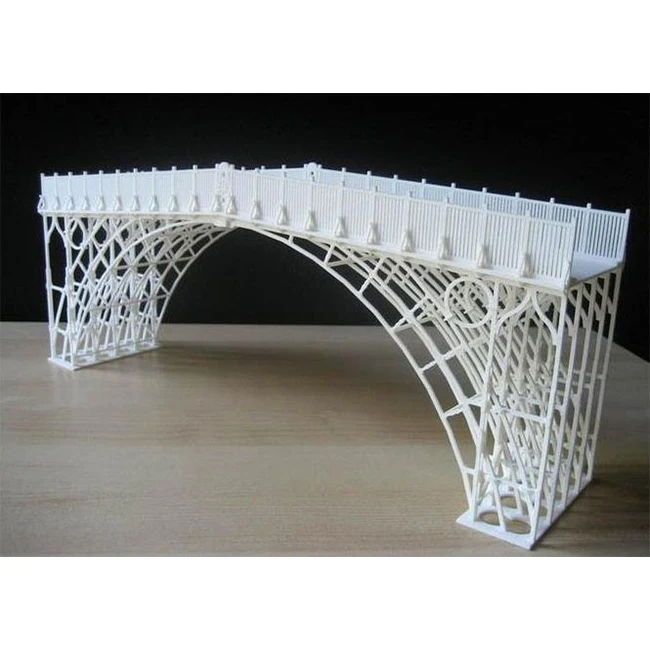 Hot, liquid filament solidifies more quickly and has less time to drip or sag when you cool it down quickly enough.
Hot, liquid filament solidifies more quickly and has less time to drip or sag when you cool it down quickly enough.
Set the part fan to the maximum level when printing bridges or after the first few layers.
However, make sure that the overhang or bridge is in the airflow of the fan. Only then is perfect cooling and rapid solidification of the liquid filament guaranteed.
Miracles can be achieved with a simple rotation of your print object. So make sure that the air stream always blows directly at your object.
If your 3D Printer does not have a sufficient cooling fan, you should upgrade it. Another option is a 3D printed fan duct which can bring the flowing air better to your object.
Sometimes too much cooling can cause the nozzle to clog. So during your first print with increased cooling, watch for signs of a clogged printer nozzle.
Add Supports
Support structures are a further adjustment option. You can generate these using your slicer. Supports fix your object from the outside and prevent the bridge from sagging.
Supports fix your object from the outside and prevent the bridge from sagging.
The advantage of the supports is that your 3D printer is not forced to fight against gravity. When you use support material, the above-mentioned factors such as temperature, cooling, speed and flow rate play a minor role.
But there are some disadvantages of using supports on your bridges:
- higher filament consumption
- longer print times
- longer post-processing/smoothing
If you choose a supporting structure, the first filament layer of the bridge area is printed on the top layer of the supporting structure. A small distance is kept here. This tiny distance is usually enough to allow you to separate your print object from the support material easily. However, the touching spots will be rougher than the surrounding surface.
These disadvantages are sometimes smaller as the trouble of poor bridging.
With soluble support material, like PVA* or HIPS*, you can avoid even these minor disadvantages and print long and smooth bridges. However, this is only possible if your 3D printer can process two different materials at the same time – i.e. when it has a dual extruder.
However, this is only possible if your 3D printer can process two different materials at the same time – i.e. when it has a dual extruder.
Change Object Orientation
You can avoid bridging altogether by changing the orientation of the print object. If you turn the pint orientation, support structures are often no longer necessary.
This obviously only works with some models. If you print the letter T for example on its head, you don’t have to print supports (in this case tree supports in Cura).
Disclosure: This website is the property of Martin Lütkemeyer and is operated by Martin Lütkemeyer. Martin Lütkemeyer is a member of the Amazon Services LLC and other Affiliate Programs. These are affiliate advertising programs designed to enable websites to earn advertising revenue through advertising and linking to Amazon.com and others. Links marked with * are affiliate links.
What the first 3D printed steel bridge looks like
Trends
TV channel
Pro
Investments
Events
RBC+
New economy
Trends
Real estate
Sport
Style
National projects
City
Crypto
Debating club
Research
Credit ratings
Franchises
Newspaper
Special projects St. Petersburg
Petersburg
Conferences St. Petersburg
Special projects
Checking counterparties
RBC Library
Podcasts
ESG index
Politics
Economy
Business
Technology and media
Finance
RBC CompanyRBC Life
RBC Trends
Photo: Mashable / YouTube
The world's first 3D printed steel bridge has been installed in Amsterdam. The project was ready three years ago, but the installation of the bridge was constantly delayed
What's happening
- On July 15, the world's first 3D printed steel bridge was opened in Amsterdam.
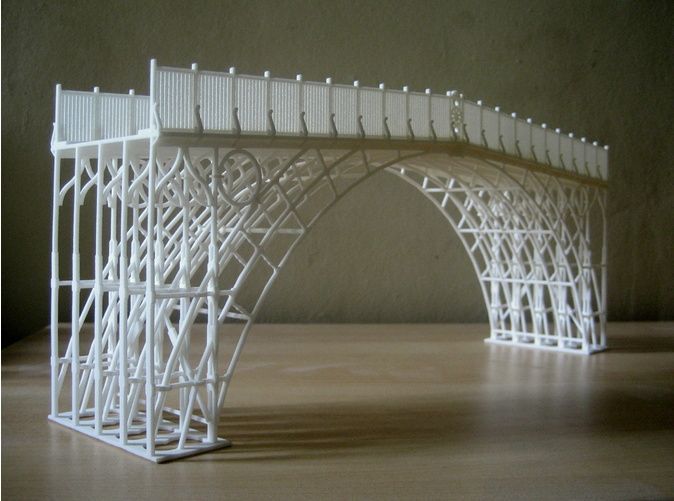 It connects the embankments of the Oudesijds Achterburgwal canal. The grand opening was attended by Queen Maxima of the Netherlands.
It connects the embankments of the Oudesijds Achterburgwal canal. The grand opening was attended by Queen Maxima of the Netherlands. - The structure weighs 6 tons and is 12 meters long.
- The bridge was printed by four robots by welding layers of stainless steel wire, it took them 4.5 tons of steel and six months to make a span of 12 meters. Then coastal supports and decorative elements were made.
- This project was developed by the laboratory of Joris Laarmann and ABB, Air Liquide, ArcelorMittal, Autodesk, AMS Institute and Lenovo, while the Amsterdam-based company MX3D was fabricating and installing the structure.
- More than ten sensors are built into the bridge, with the help of which it will be possible to monitor its condition and deformation. Thus, he will himself indicate the need for repair. The sensors will also count the number of pedestrians crossing the bridge each day.
- The structure was installed for two years as a replacement for the conventional bridge, which will be under reconstruction at that time.
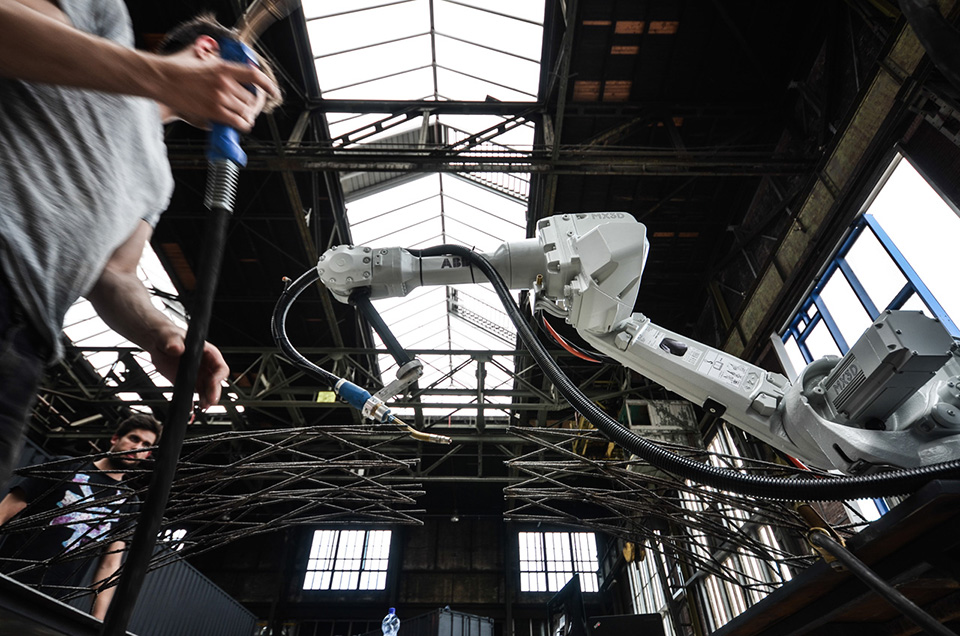
- This bridge was first presented at Dutch Design Week Eindhoven 2018, where the project won the Dutch Design Award and the Audience Award. After that, the finished bridge lay in storage for another three years: first, in anticipation of the reconstruction of the canal, then due to the coronavirus pandemic and lockdown.
What does it mean
In recent years, there has been an active development of 3D printing technology in construction. The Netherlands seems to be on a roll with this trend, with the first fully 3D-printed residential building in the EU populated in the suburbs of Eindhoven in early May, followed by the opening of the world's first 3D-printed steel bridge.
We have already said that 3D printing is the future of construction and design. Compared to classic buildings, 3D printing has a number of undeniable advantages, such as short construction times, reduced economic and environmental costs, and ease of execution of complex shapes.
“This is not just about reducing and optimizing construction costs, but about giving architects and designers a new tool, a very cool new tool, with which they can rethink the design of their architecture and their projects,” notes Tim Görtjens, co-founder of MX3D, a bridge builder.
Mika Mos, member of the council of the municipality of Amsterdam, expressed the hope that this construction will also help the city attract quality new tourists:
“This could attract a new type of visitor, those more interested in architecture and design, which will change the perception of the area (famous for nightclubs and noisy parties. — RBC Trends ).”
Updated on 10/18/2022
Text
Ksenia Yanushkevich
Top of the trend
Related materials
First 3D printed concrete bridge without rebar built in Italy
A team of engineers and designers from Switzerland, the UK and Austria designed and built the first 3D printed concrete bridge in Venice that was created without the use of rebar and mortar.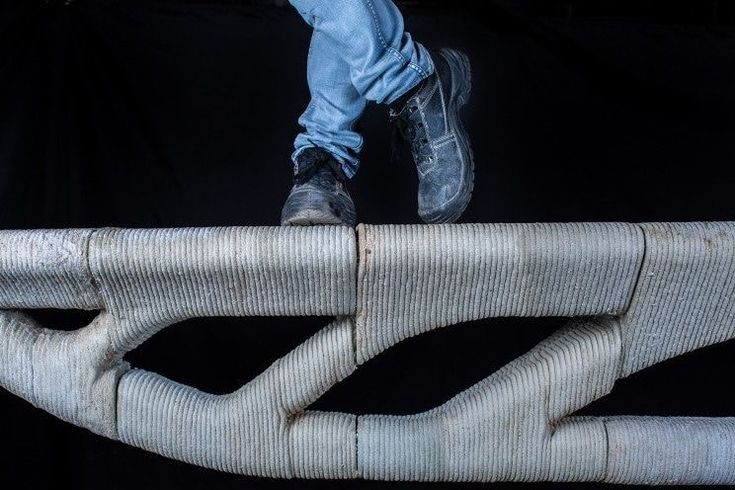 It consists of dozens of individual 3D-printed concrete blocks and combined into arches like classic voussoir arched bridges. A description of the bridge and the process of its construction are available on the project website.
It consists of dozens of individual 3D-printed concrete blocks and combined into arches like classic voussoir arched bridges. A description of the bridge and the process of its construction are available on the project website.
Traditionally, concrete structures such as buildings and bridges are built using rebar, a network of steel bars inside the concrete to increase its tensile and flexural strength. The use of reinforced concrete allows different types of stresses to be incorporated into the structure and gives designers more freedom of action, for example, in the case of bridges, this allows building long spans. However, historically, bridges, arches and other vaulted structures were built differently, using voussoires - wedge-shaped stones. Assembling them in an arc, the builders created a structure that is able to hold itself in this position on its own, distributing the load from the top stones to the base.
A group of experts from the ETH Zurich, the Zaha Hadid Architectural Bureau, incremental3D and Holcim, as well as several other organizations, have built the world's first 3D printed concrete bridge in Venice that does not use reinforcing elements.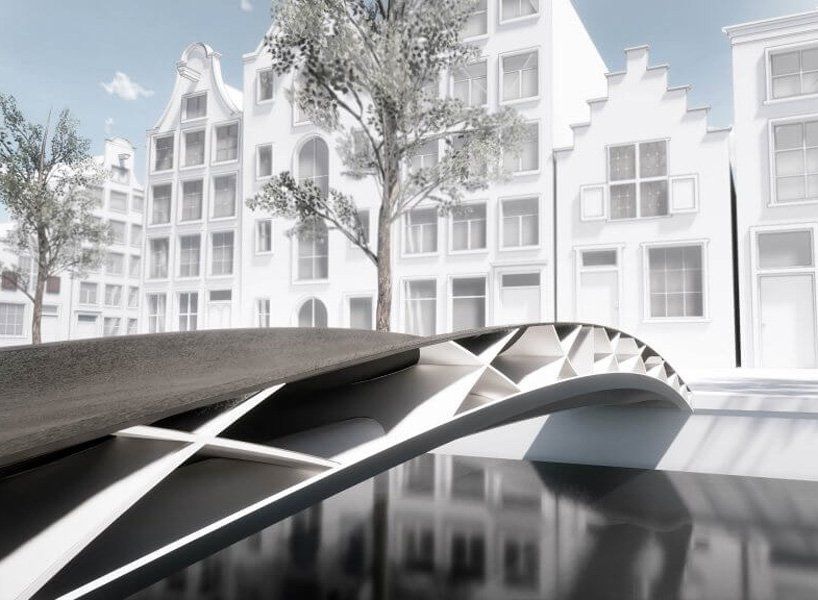 The bridge is designed for pedestrians and has dimensions of 16 by 12 meters and a maximum height of 3.5 meters. The bridge has an unusual design: it consists of several vaults and has five entrances. The maximum span is just over 15 meters.
The bridge is designed for pedestrians and has dimensions of 16 by 12 meters and a maximum height of 3.5 meters. The bridge has an unusual design: it consists of several vaults and has five entrances. The maximum span is just over 15 meters.
Before the construction of the bridge, the designers simulated the loads on its elements and made a set of 53 voussoirs. After that, they printed the voussoirs on a concrete 3D printer, and during printing, the printer changed the inclination of the plane of the layers so that the load on them fell in a perpendicular direction. After printing, the builders assembled the racks on site (in the Marinaressa Garden in Venice), and then began laying voussoirs on them, laying soft neoprene sheets between them, which evenly distribute the load along the ends of the concrete elements.


